Here’s a question I get frequently from new authors: How do you turn your ideas into a cohesive plot?
Of course, as with most elements of writing, there is no single correct answer. But my newest digital workbook, A Comprehensive Guide to Plot, is built to help you find the right approach for you and your story, with an in-depth look at five common story structures, the foundation of a compelling plot, and what to do when your plot has gone off the rails — plus, as always, a series of writing exercises designed to help you learn all the rules and, more importantly, how to break them.
You can download the full guide here — or keep reading for a sneak peek.
Five Common Narrative Structures
There are a variety of narrative structures out there that can help you pinpoint key moments and events in your novel, mapping the protagonist’s journey from beginning to end. The guide provides an overview of the five most common, with links to resources where you can learn more about each.
The Three-Act Structure
The Hero’s Journey
Save the Cat!
Dan Harmon’s Story Circle
Freytag’s Pyramid
Why (and How) to Maintain Creative Flexibility
When you’re planning a roadtrip, what’s more fun: plotting out every single turn and pitstop and lunch break down to the minute, or identifying key roads, nightly accommodations, and a few highlights to hit, with plenty of room for detours and spontaneous stops along the way?
If you’re Type A like me, you might be inclined to choose the former, but I promise you the latter will be more fun — and the same is true when you’re plotting your novel.
While story structures provide valuable guidelines and help authors get over that uncertainty and fear of the blank page, sticking too closely to them can squash your creative flexibility, steer you into formulaic territory, and (most importantly) suck the fun out of the writing process.
In this section, I explore the ideas that the much-lauded story structures are really just simpler or more complex variations of one another — and that authors can and should adjust those structures themselves, too, in service of their own stories’ needs.
How to Get Back on Track When a Structure Isn’t Working
If you find yourself stuck or lost as you try to follow a particular plot structure, I encourage you to let go of the framework and fall back on the foundational elements of plot: cause and effect. I dig into both in this section of the guide, but they boil down to this question: What actions are characters taking, and what are the resulting effects on the storyline?
Six Writing Exercises to Develop and Fine Tune a Compelling Plot
Reading theory is all well and good, but you won’t get better — or more confident — without practice. So, as with all my resources, I’ve developed writing exercises to help you put all the insights from this guide into action, whether you’re stuck somewhere in the drafting process or you’re just getting started.
The plot is the driving force of the novel — the engine that keeps readers turning pages and the framework for getting to know beloved (and loathed) characters, exploring complex themes, and building a memorable narrative. This new resource, A Comprehensive Guide to Plot, takes the pressure off and teaches everything you need to know to imagine and hone a plot that will keep readers fully immersed, way past their bedtimes.
*This guide was provided to members of the Inkwell at the Pen and Quill levels at no extra cost in May 2024.

